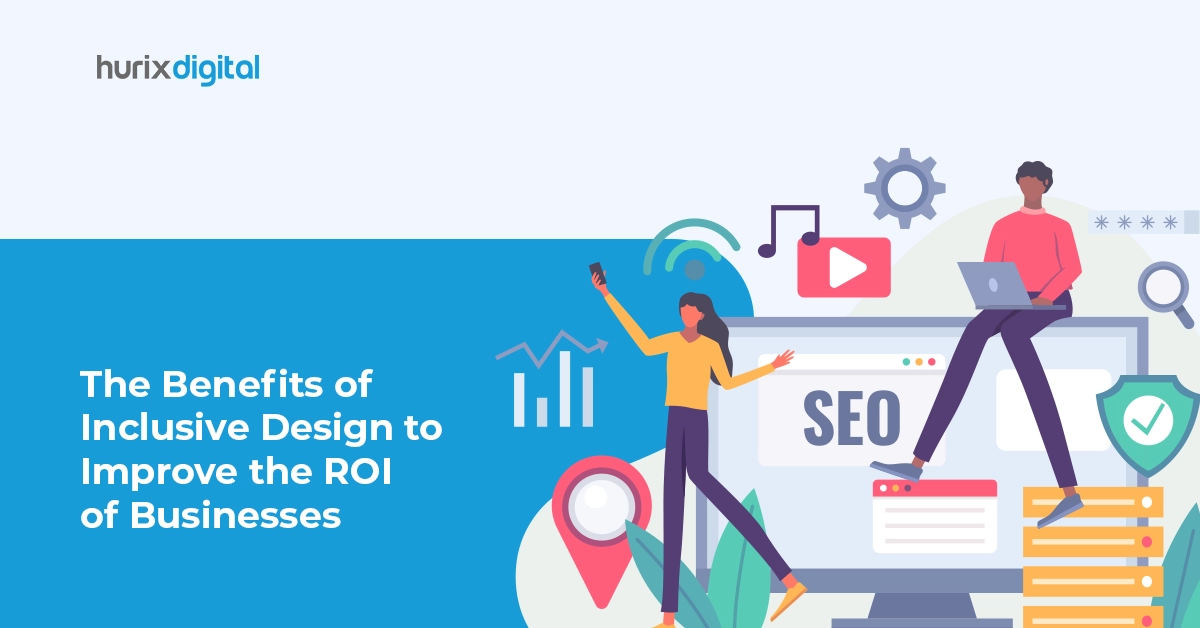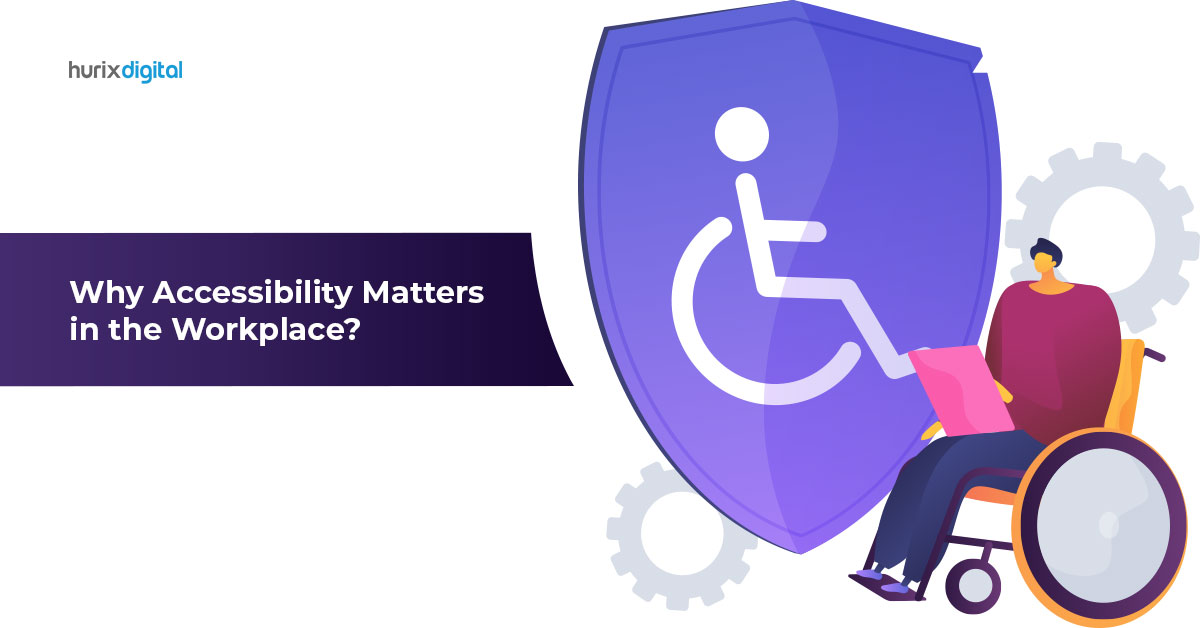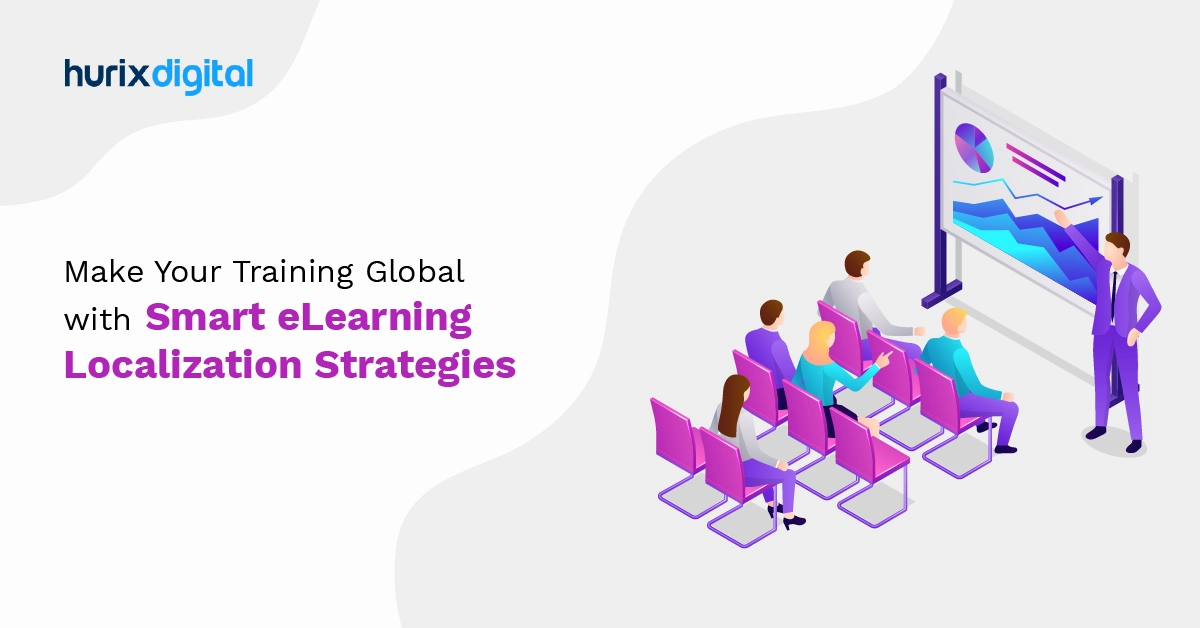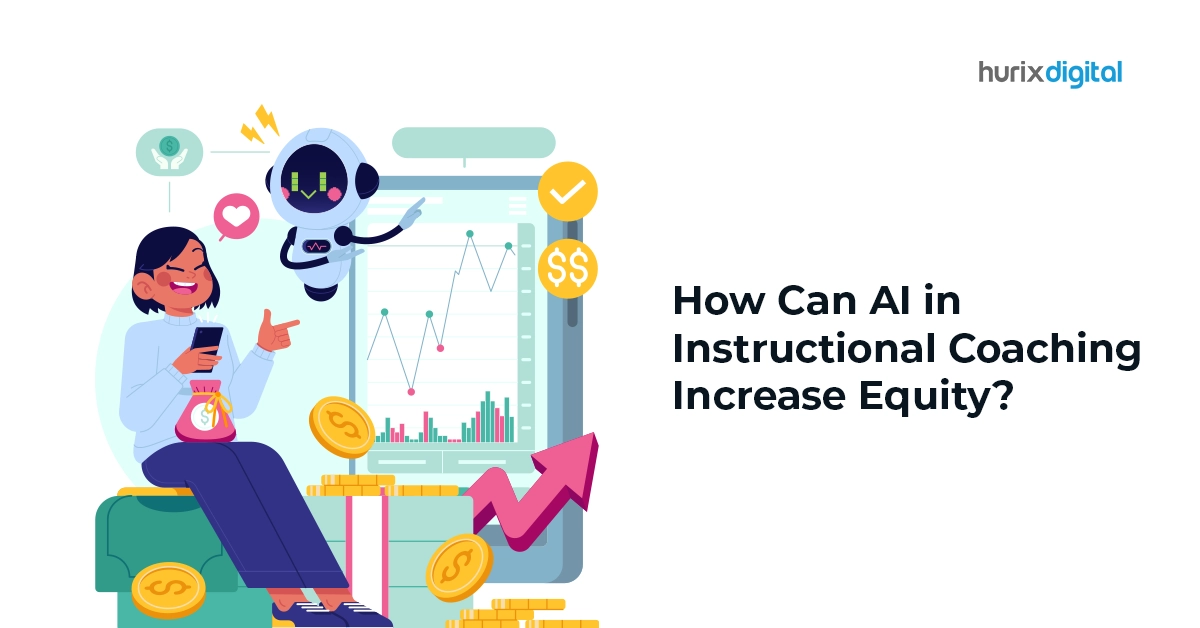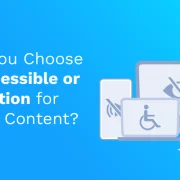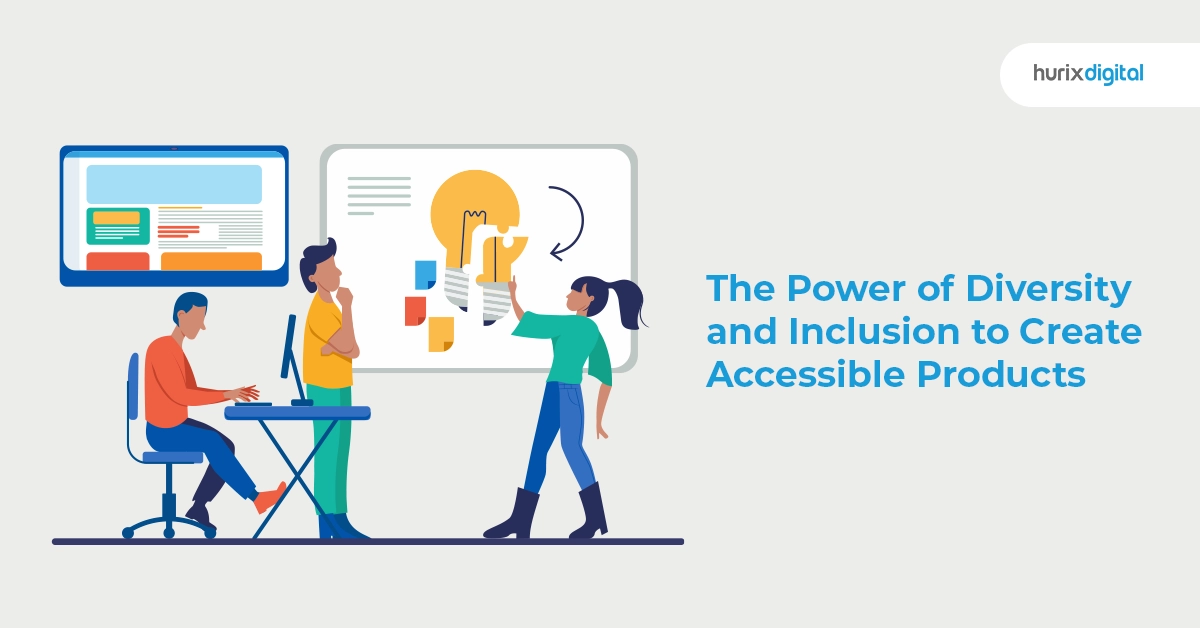
The Power of Diversity and Inclusion to Create Accessible Products
Summary
This blog discusses the importance of diversity and inclusion in the workplace and how it can be used to create more accessible products. It also discusses the barriers that people with disabilities face in the workplace and how Hurix can break down these barriers.
We are becoming more aware of the importance of diversity and inclusion in the workplace, including disability inclusion. People with disabilities represent a significant portion of the population and have unique perspectives and talents that can benefit any organization. However, many barriers still exist that prevent people with disabilities from fully participating in the workforce.
One of the significant barriers that people with disabilities face is the lack of accessible workplaces, both physically and digitally. Physical accessibility refers to the workplace environment, such as ramps, elevators, and wide doorways, which ensures people with disabilities can access the workspace. Digital accessibility, on the other hand, pertains to the design of websites and software to be compatible with assistive technologies like screen readers.
In this blog, we discuss the obstacles to achieving accessibility, and how businesses like yours can benefit from partnering with a professional agency.
Table of Contents:
- The Invisible Obstacles of Inaccessibility
- A Movement Towards Inclusivity
- Kitaboo: Empowering Through Accessibility
- Conclusion
The Invisible Obstacles of Inaccessibility
In our pursuit of progress, it’s crucial to acknowledge that many individuals with disabilities still face invisible barriers in the workforce. Imagine arriving at a job interview all excited, only to find that the building isn’t wheelchair accessible. Heartbreaking, right? The lack of physical accessibility and digital inclusivity can limit job opportunities and hinder the growth of a diverse workforce.
Without these necessary changes, people with disabilities may not be able to access job opportunities or perform their duties effectively. For instance, a job interview held on the second floor of a building without an elevator would prevent a candidate who uses a wheelchair from attending the interview. Similarly, if a company’s website is not designed to be compatible with screen readers, people with visual impairments may not be able to access job postings or submit applications.
Negative stereotypes and misconceptions about people with disabilities also act as barriers in the workplace. Assumptions that people with disabilities are less capable or require special treatment can lead to discrimination and exclusion.
However, there is a growing movement towards disability inclusion in the workplace. Many companies, including Hurix Digital, are recognizing the value of hiring people with disabilities and are taking steps to create more accessible and inclusive environments. This can include providing accommodations, such as accessible technology and flexible work arrangements, as well as promoting awareness and understanding of disability issues among employees.
At Hurix Digital, we are committed to creating inclusive designs and products that are accessible to everyone, regardless of ability. Our team includes individuals with disabilities who bring their unique perspectives and insights to our work. We believe that by creating products that are accessible and inclusive, we can help break down barriers and create more opportunities for people with disabilities in the workforce.
Also Read: Inculcating Diversity and Inclusion in Staffing with Staffing Solutions
A Movement Towards Inclusivity
But here’s the good news – we’re witnessing a growing movement towards disability inclusion in the workplace. By embracing accessibility and inclusivity, they are creating environments where everyone can shine.
Kitaboo: Empowering Through Accessibility
Hurix Digital’s Kitaboo platform is a brilliant example of how technology can pave the way for inclusivity. This cloud-based digital publishing platform is designed with accessibility in mind, ensuring that individuals of all abilities can partake in the immersive learning experience.
One such product we have developed with accessibility in mind is the KITABOO platform. The KITABOO platform is a cloud-based digital publishing platform that provides an immersive learning experience to its users. To ensure accessibility for all users, the KITABOO platform offers several key features:
1. Screen Reader Compatibility
The KITABOO platform is designed to be compatible with popular screen readers like JAWS, NVDA, and VoiceOver. This feature enables users with visual impairments to access digital content by having the screen reader read the text aloud.
2. High Contrast Modes
High contrast modes on the KITABOO platform make it easier for users with visual impairments or certain learning disabilities to read the text. By changing the background color to black and the text color to white, the text becomes more visible and easier to read.
3. Adjustable Font Sizes
The platform includes adjustable font sizes that users can customize according to their preferences. This feature is particularly beneficial for people with visual impairments or dyslexia, as it allows them to adjust the font size to their comfort level.
4. Closed Captions
KITABOO supports closed captions for videos, making the audio content accessible to users with hearing impairments. Closed captions provide a text-based alternative to the audio content, ensuring everyone can understand and engage with the video content.
Also Read: How to Infuse Diversity and Inclusivity into Your Curriculum Design
Conclusion
At Hurix Digital, accessibility and inclusion are integral values, and the KITABOO platform exemplifies our commitment to these principles. Our team continually works to improve the platform’s accessibility, creating a more inclusive workplace and contributing to a world where everyone has equal opportunities to thrive.
By incorporating WCAG 2.1, Section 508, user experience, user-centered design, and social impact in our product development process, we aim to empower individuals with disabilities and foster a more inclusive and diverse workforce.
Get in touch with us to know more!

Vice President – Digital Content Transformation. He is PMP, CSM, and CPACC certified and has 20+ years of experience in Project Management, Delivery Management, and managing the Offshore Development Centre (ODC).
